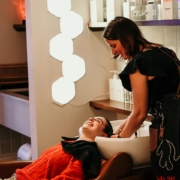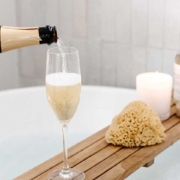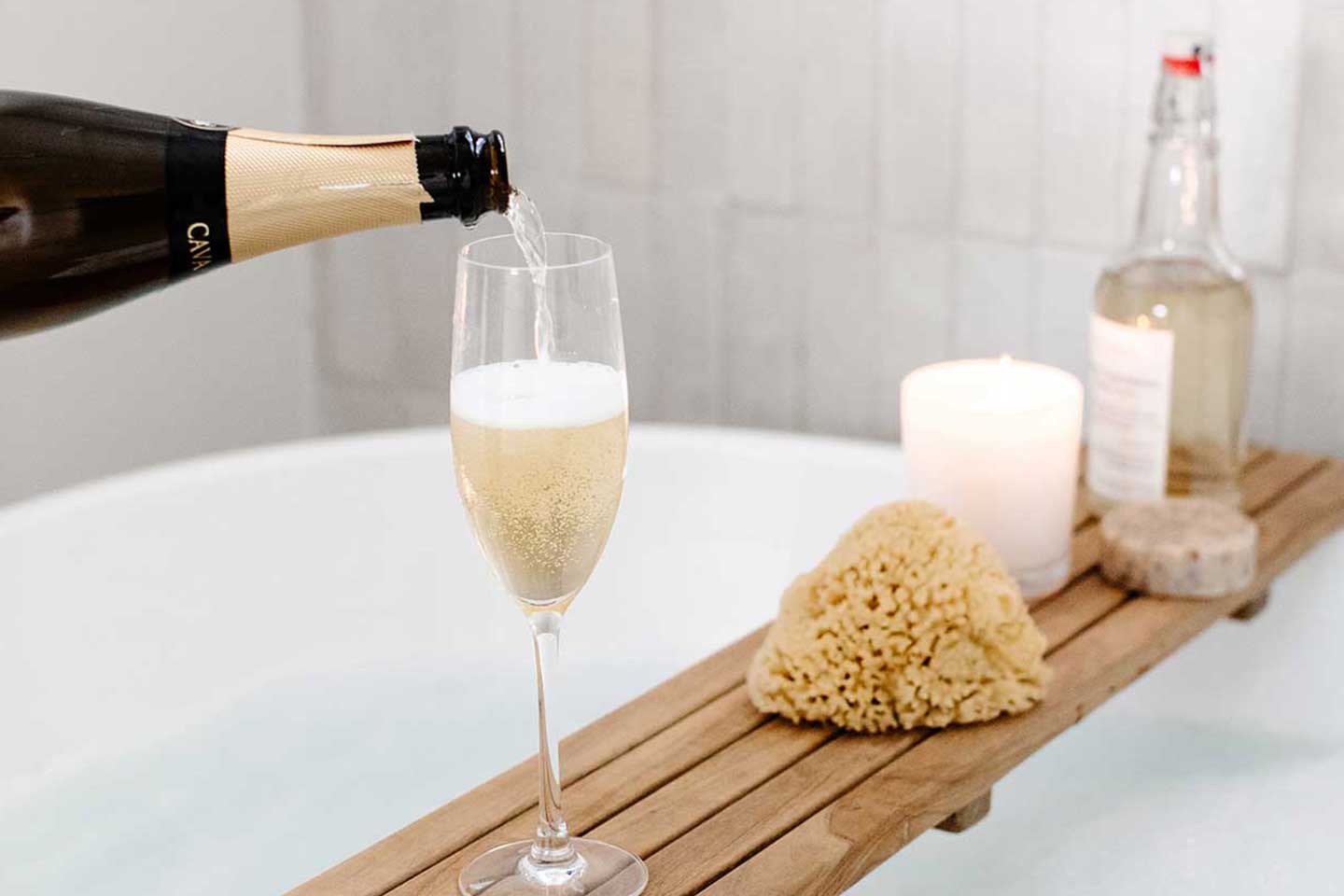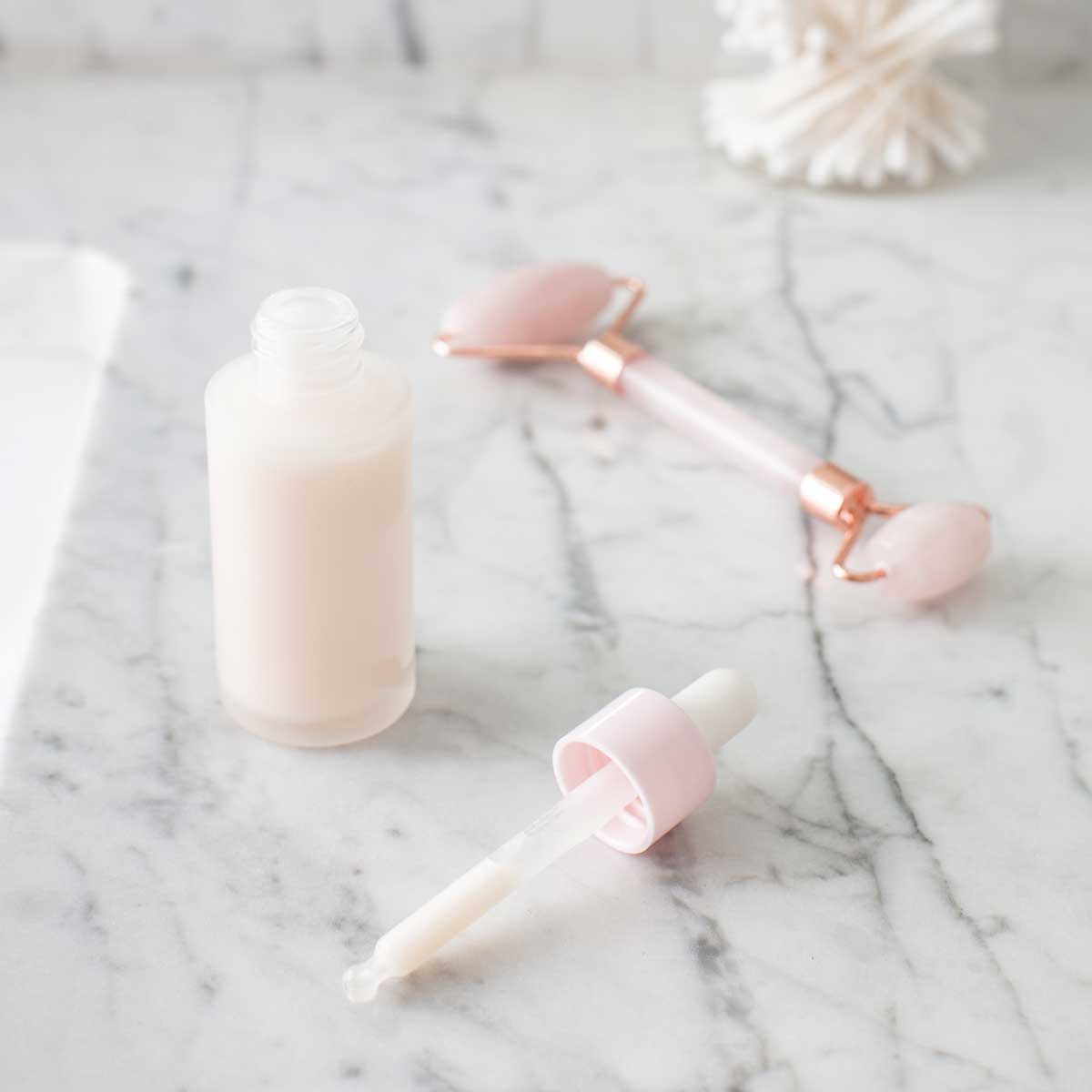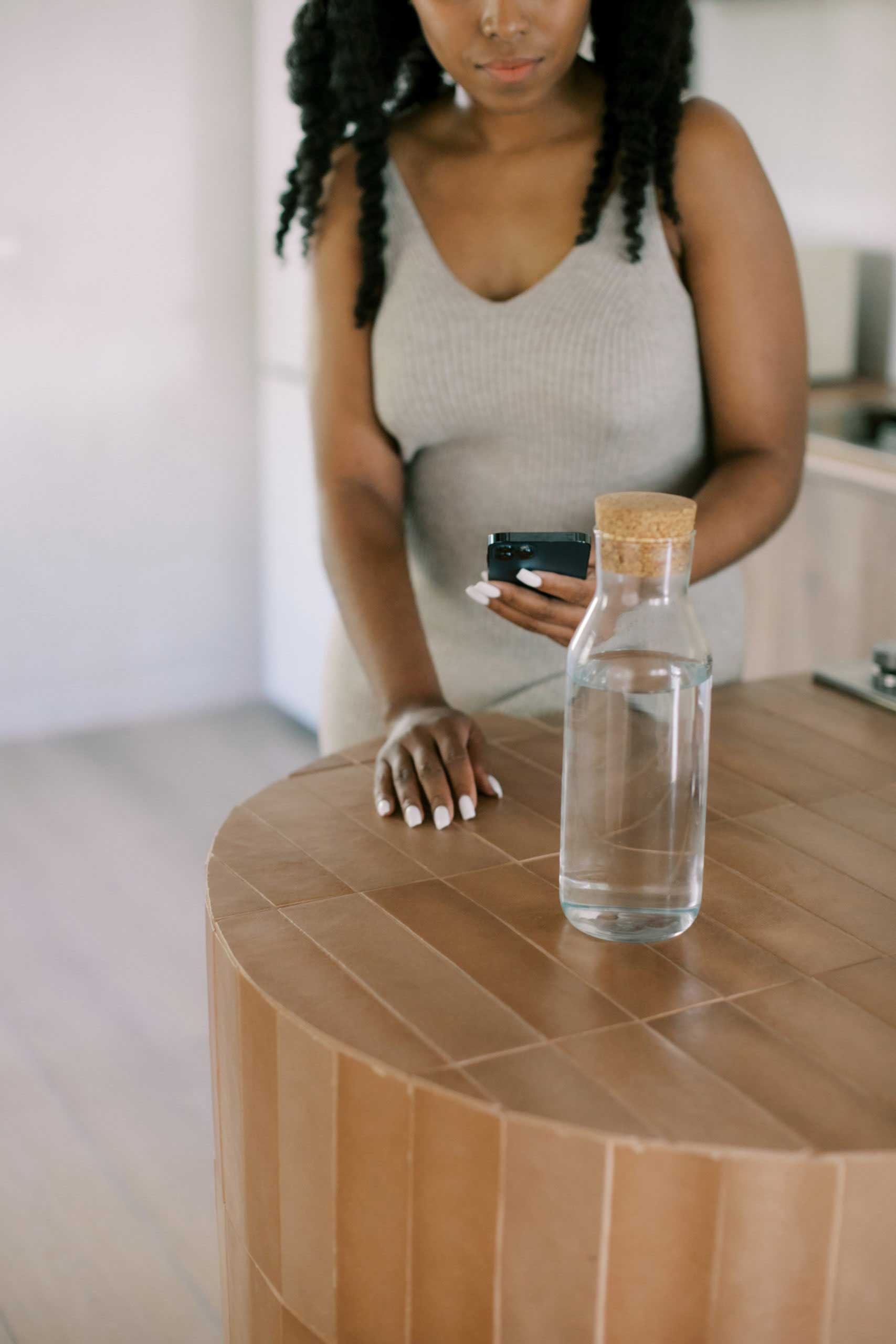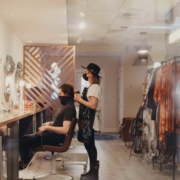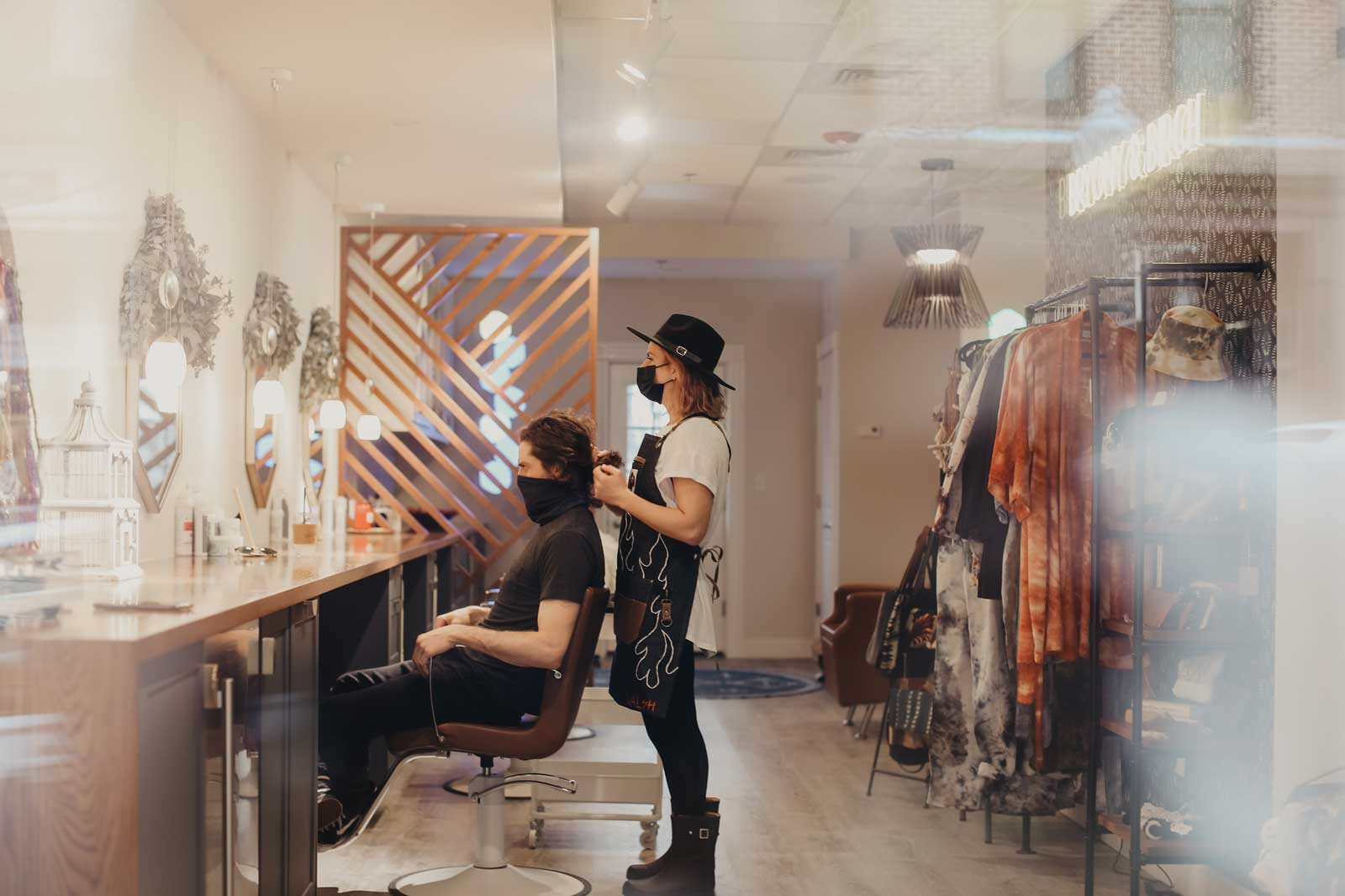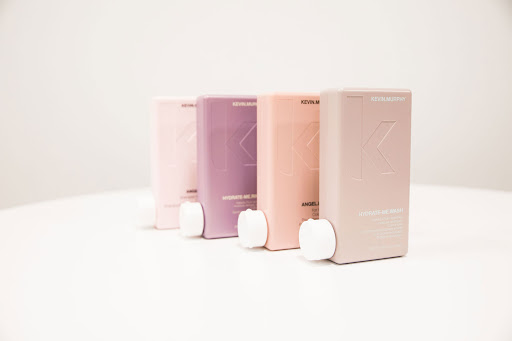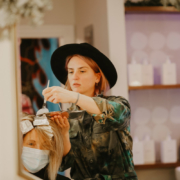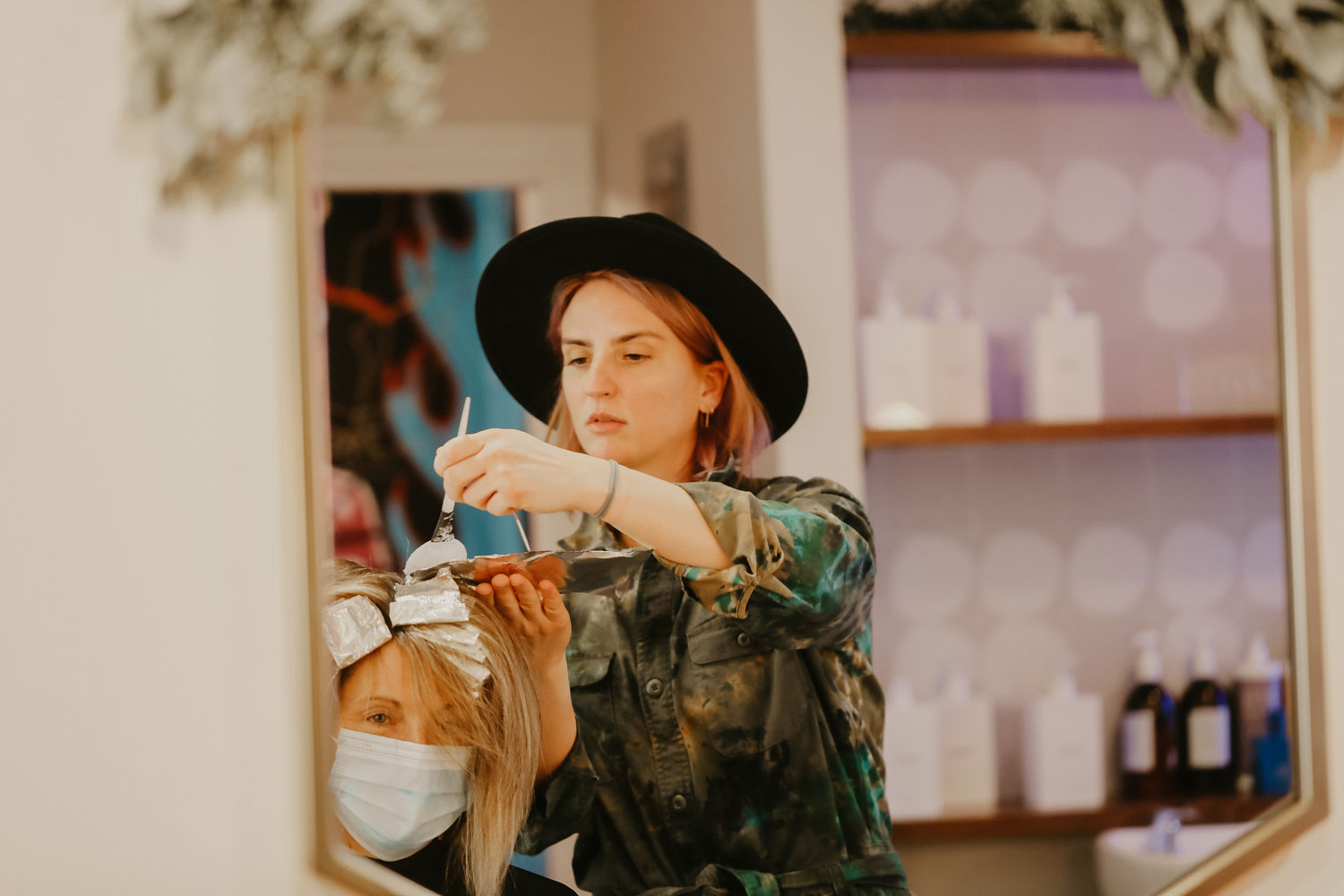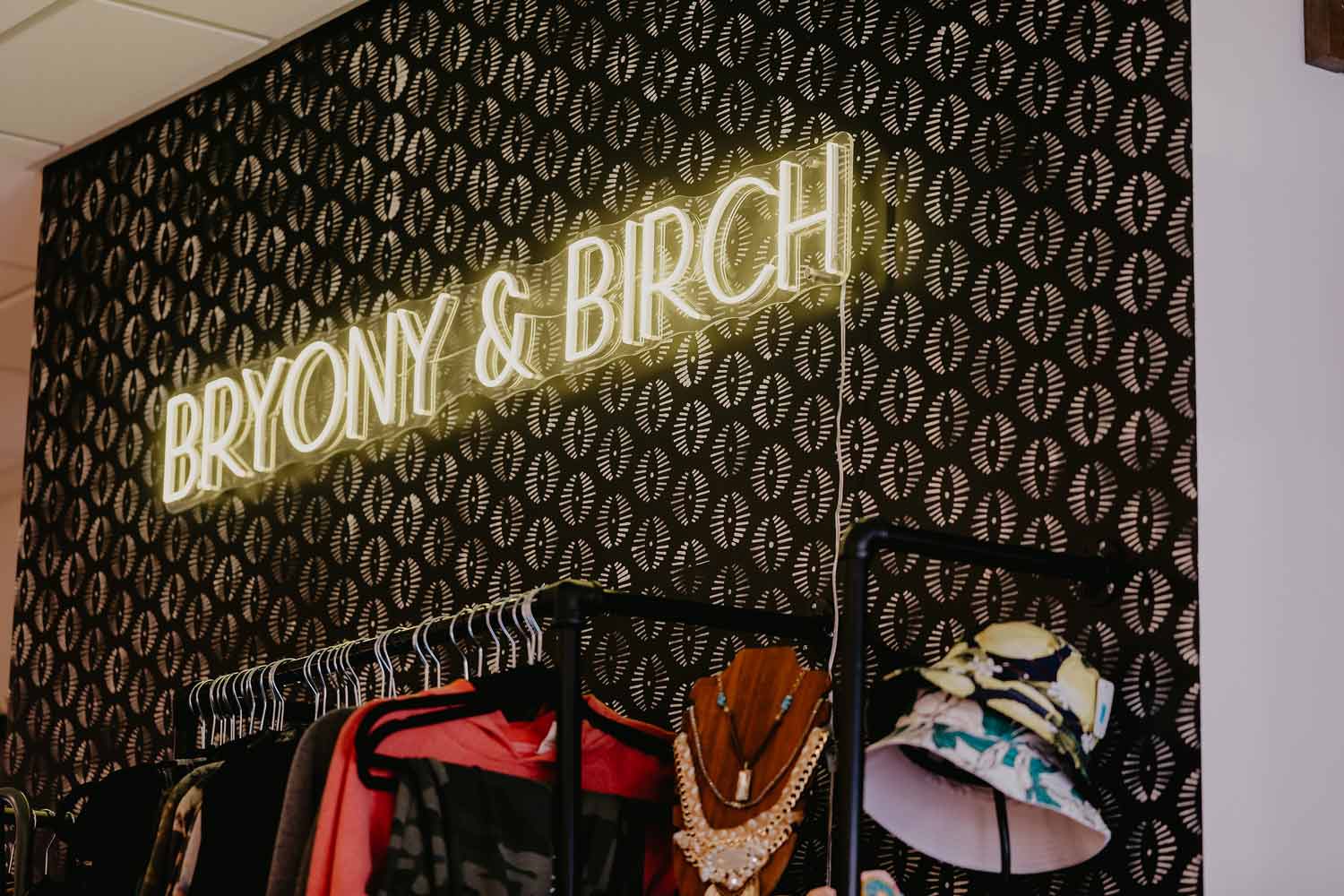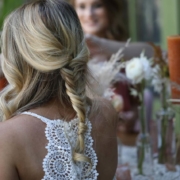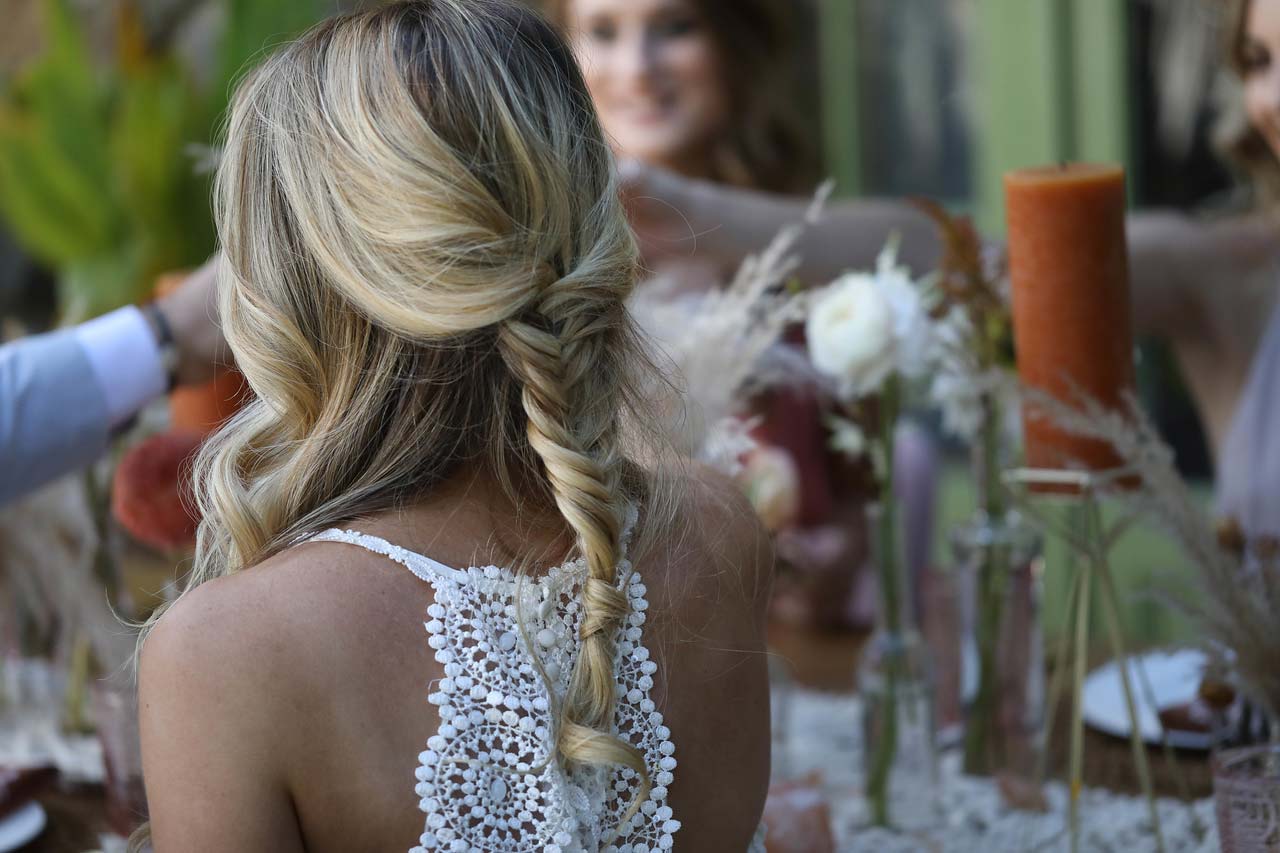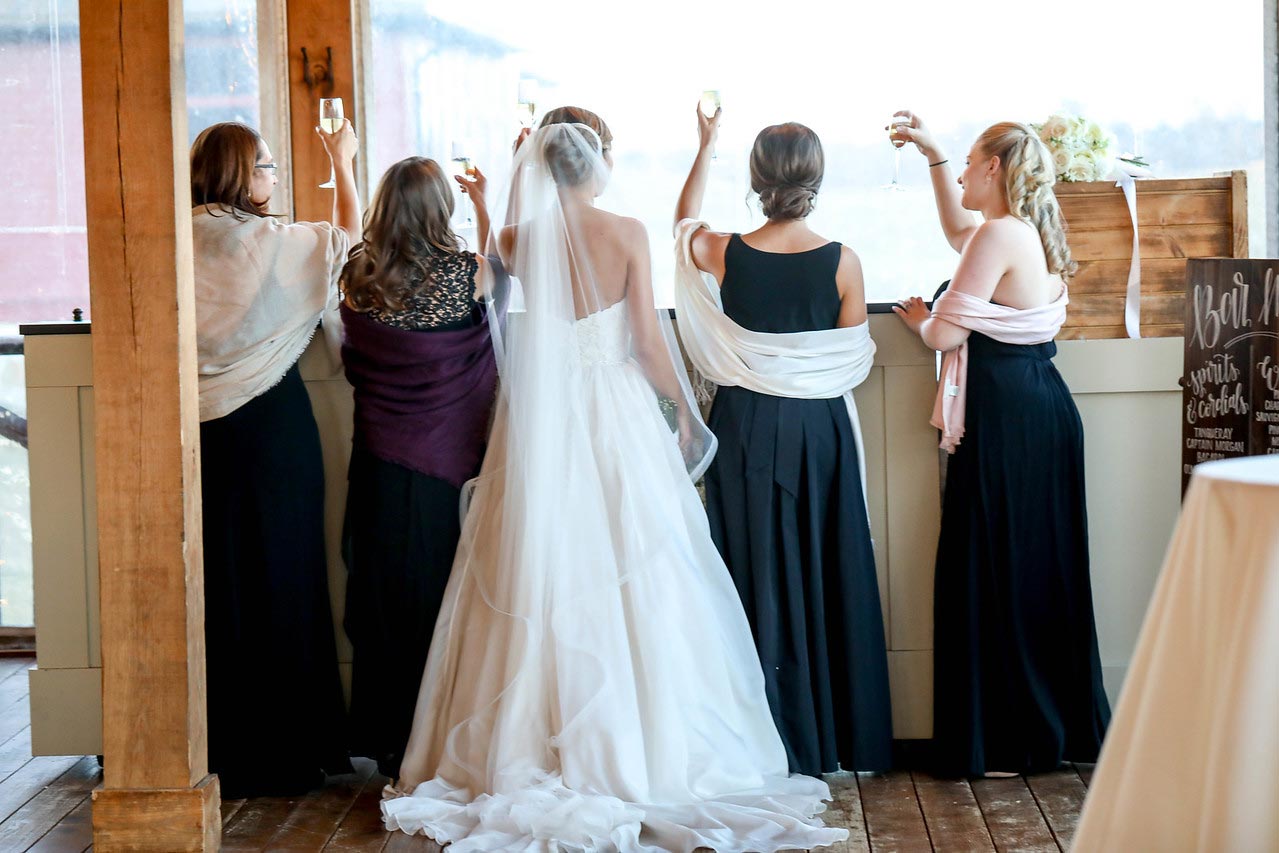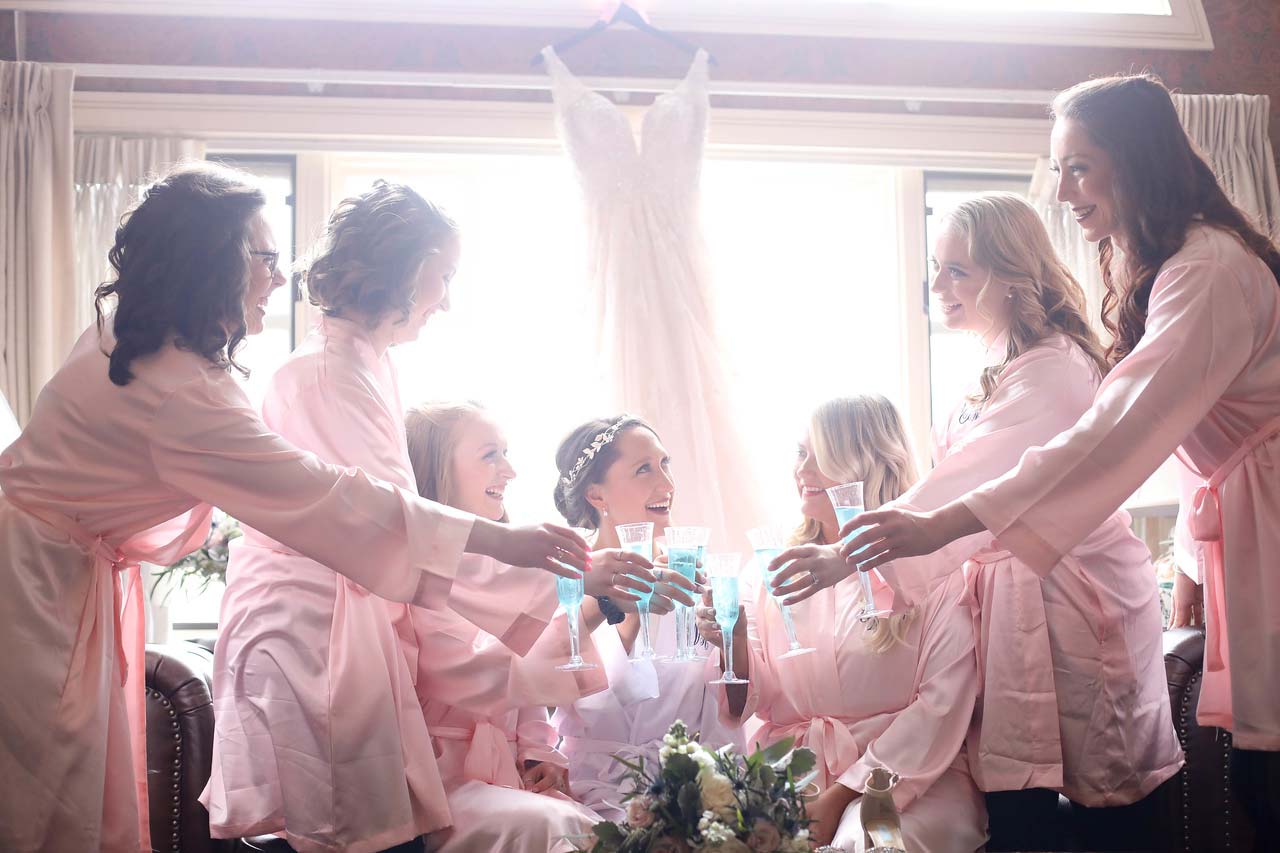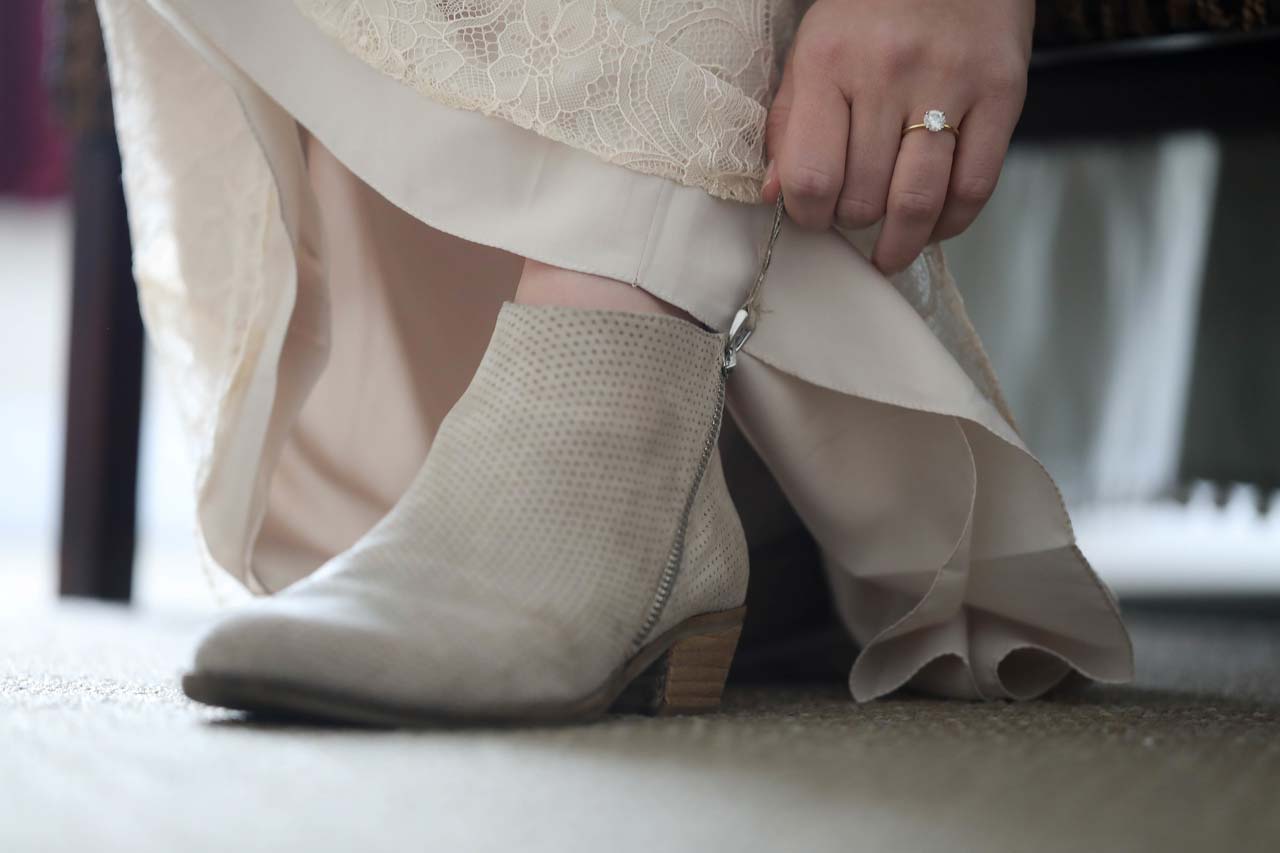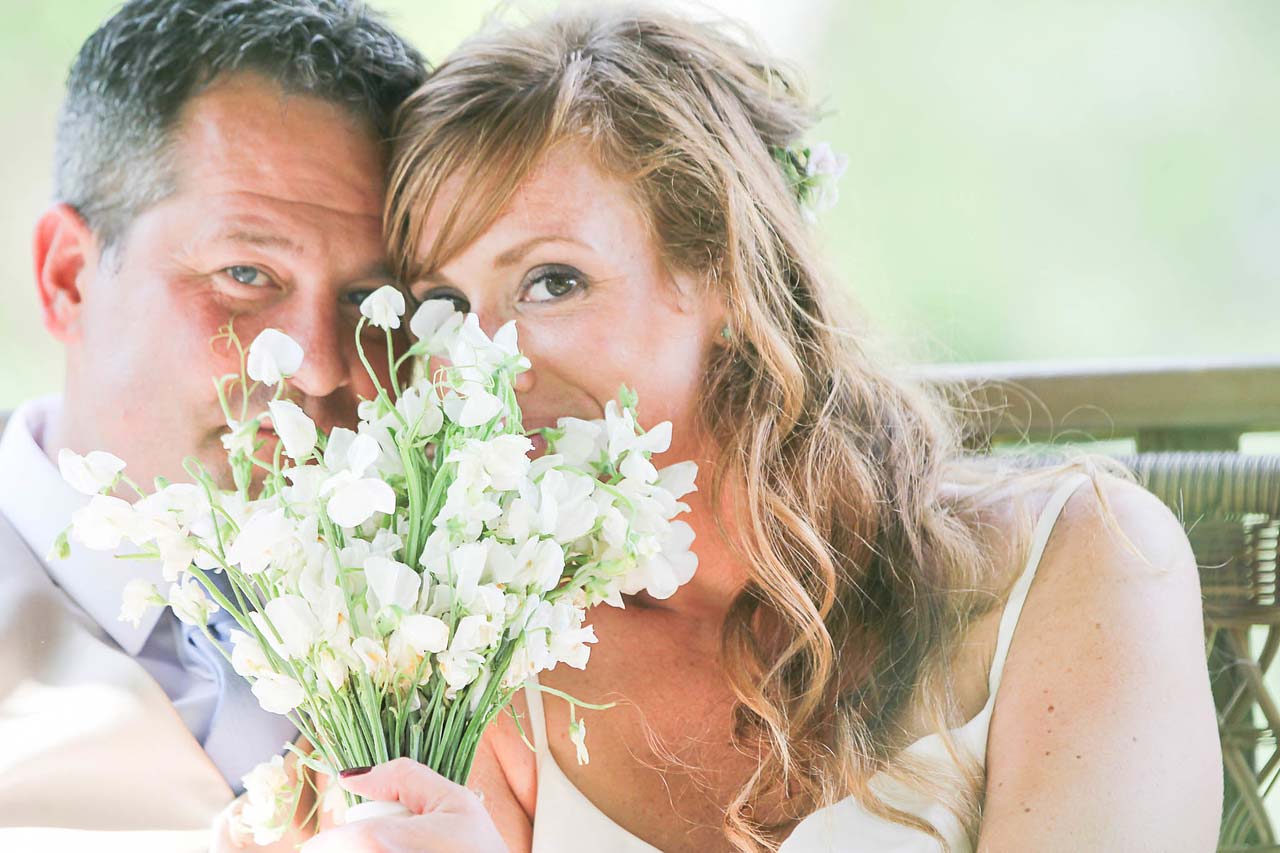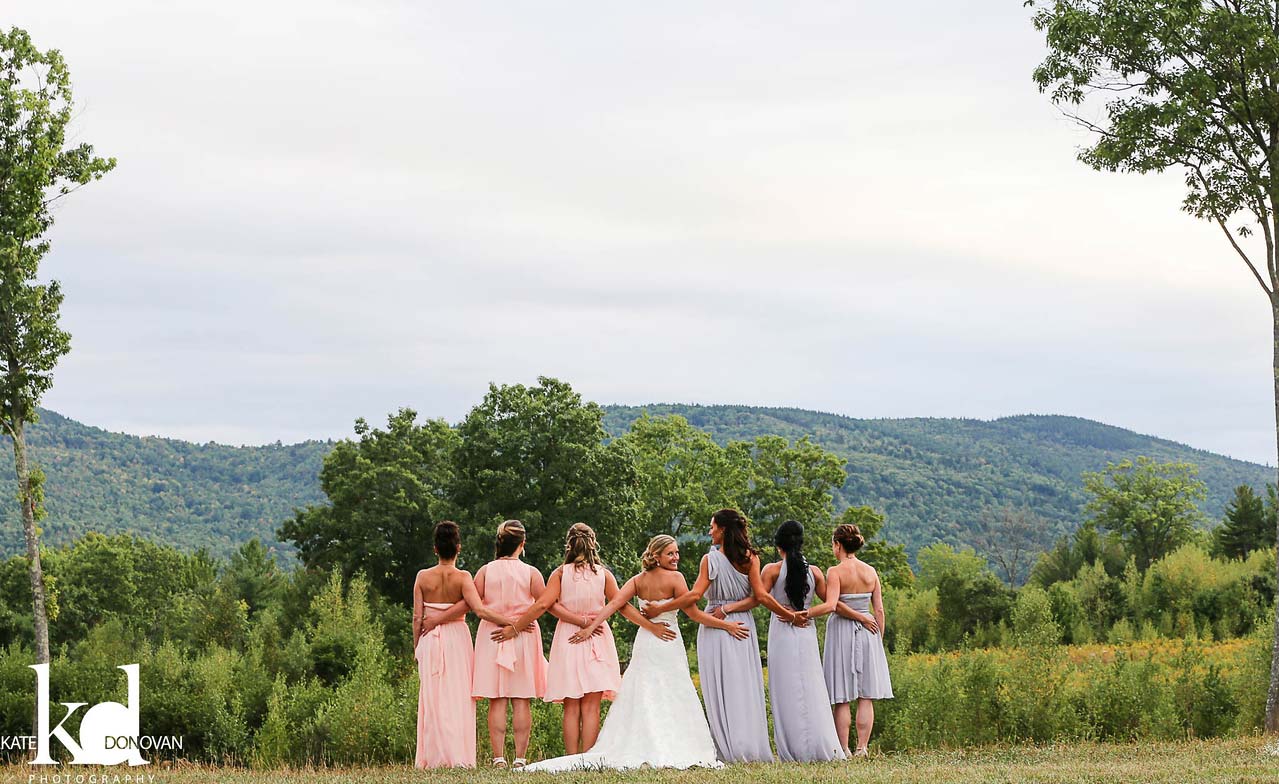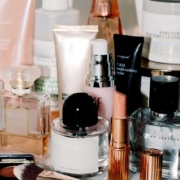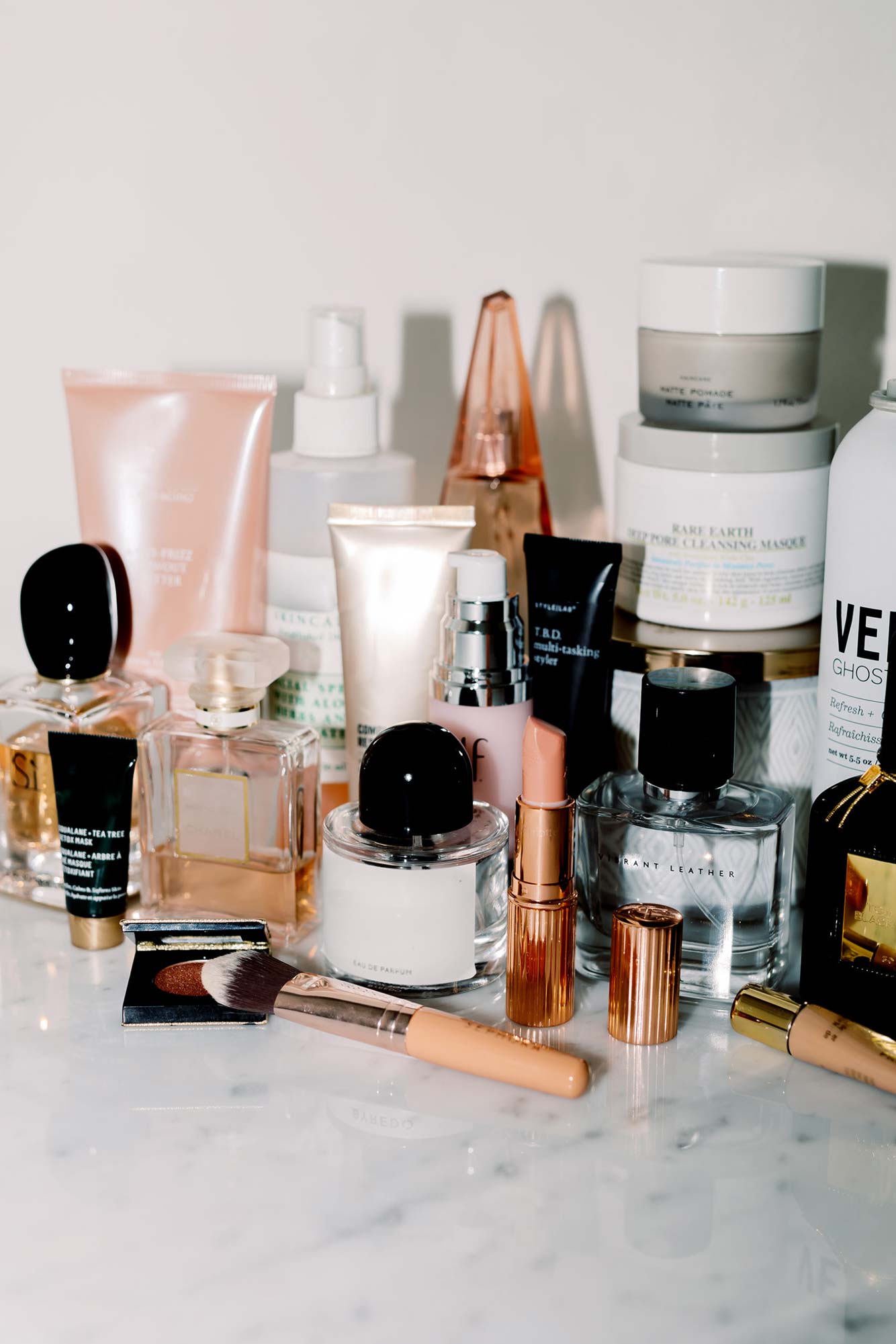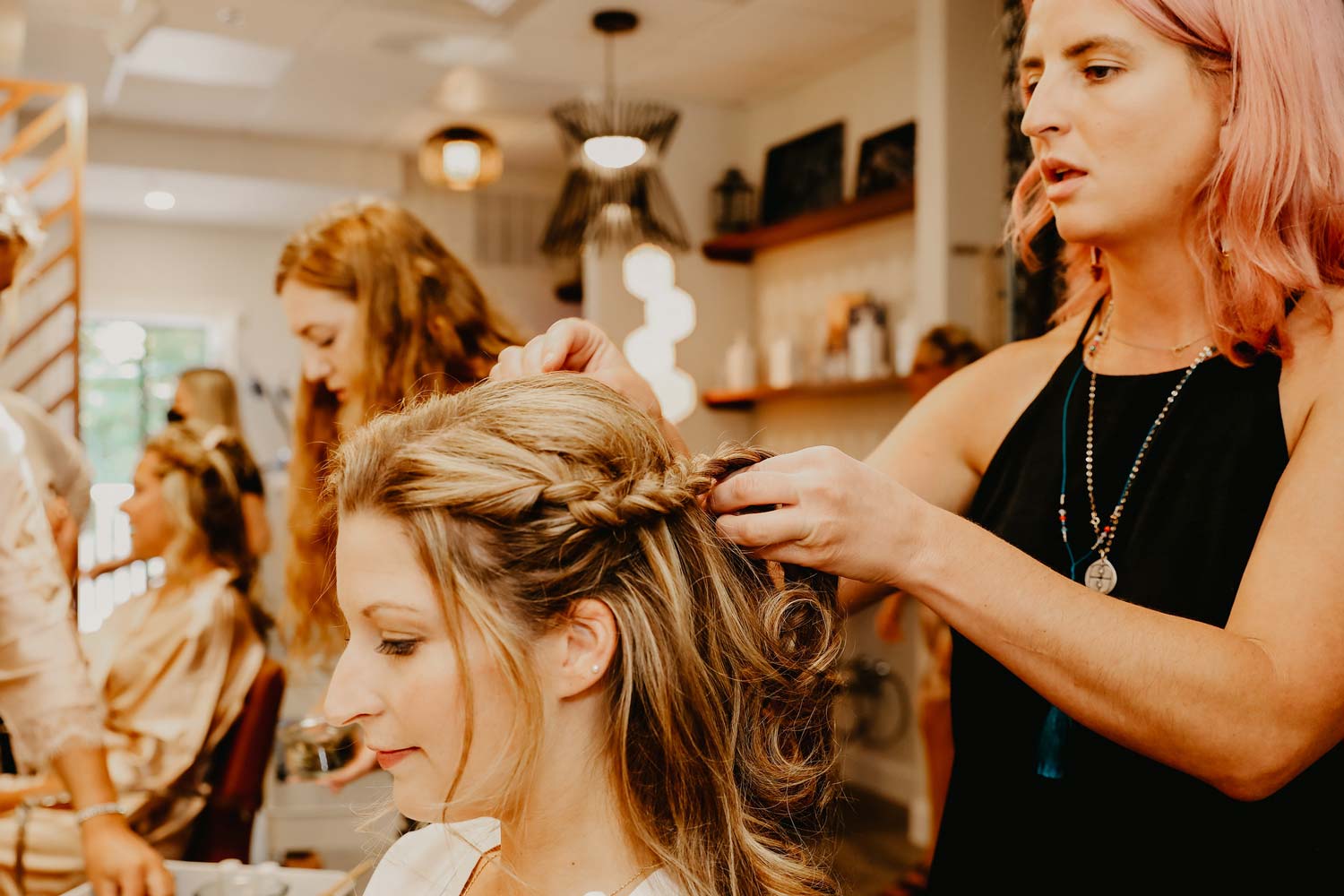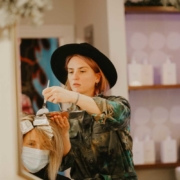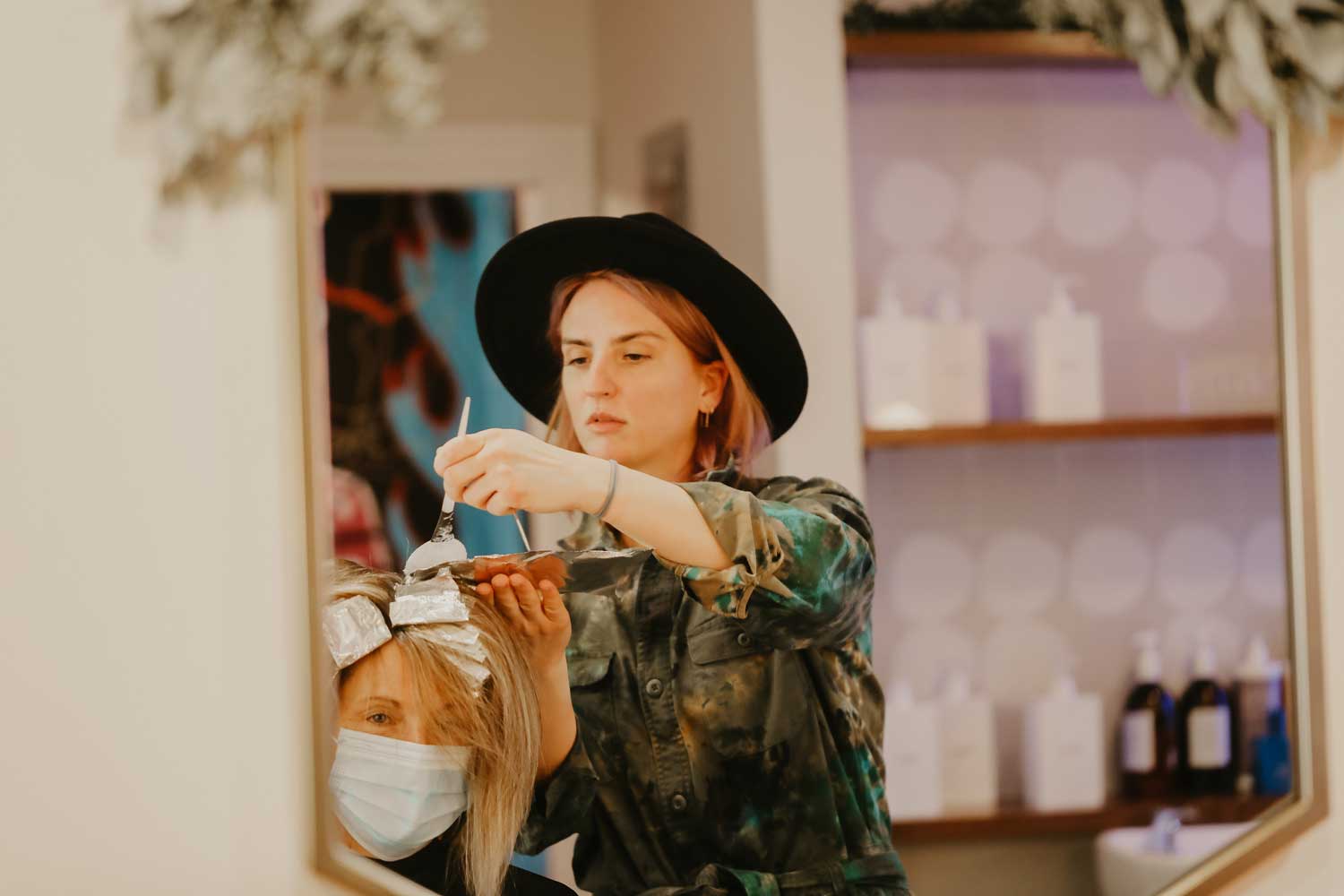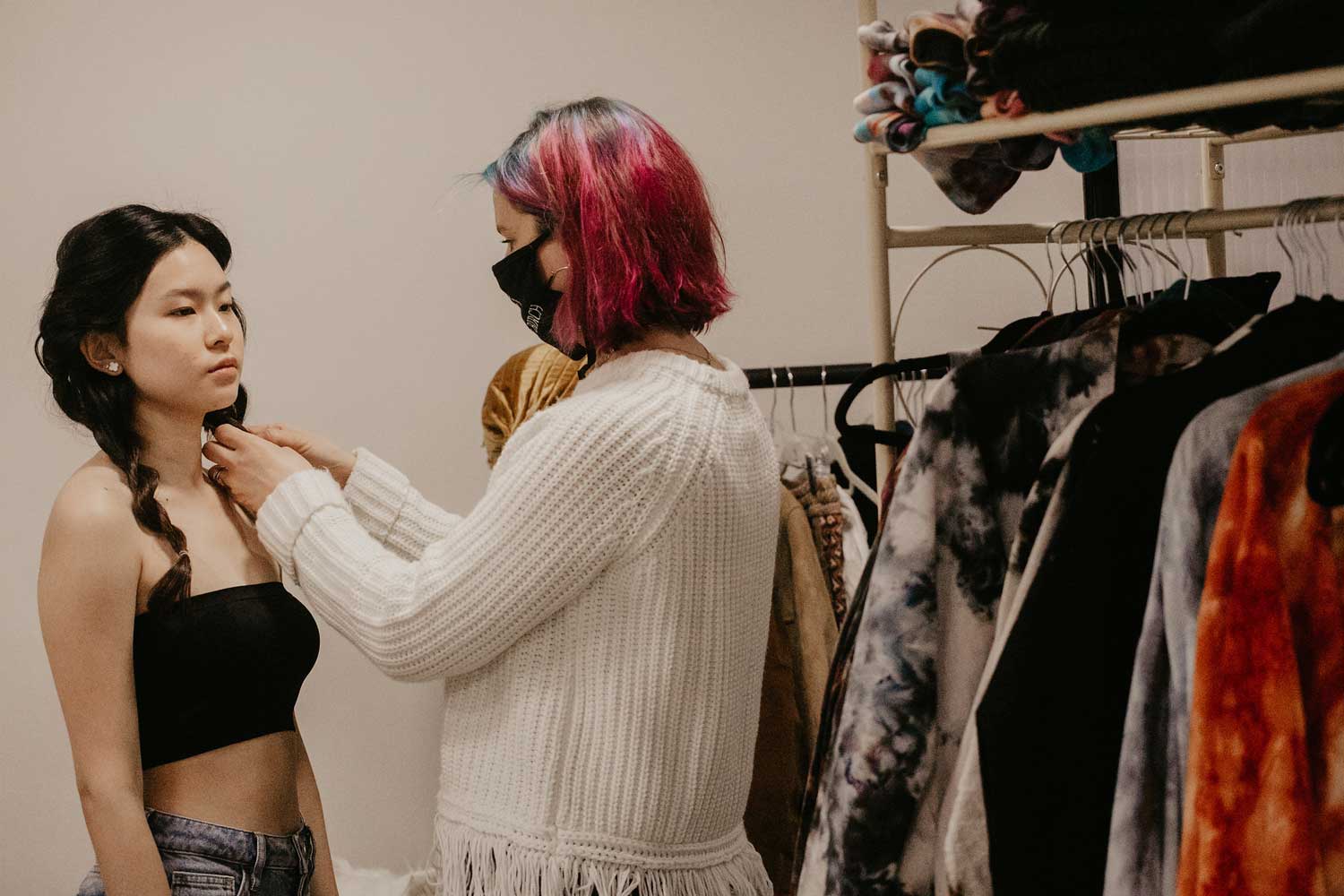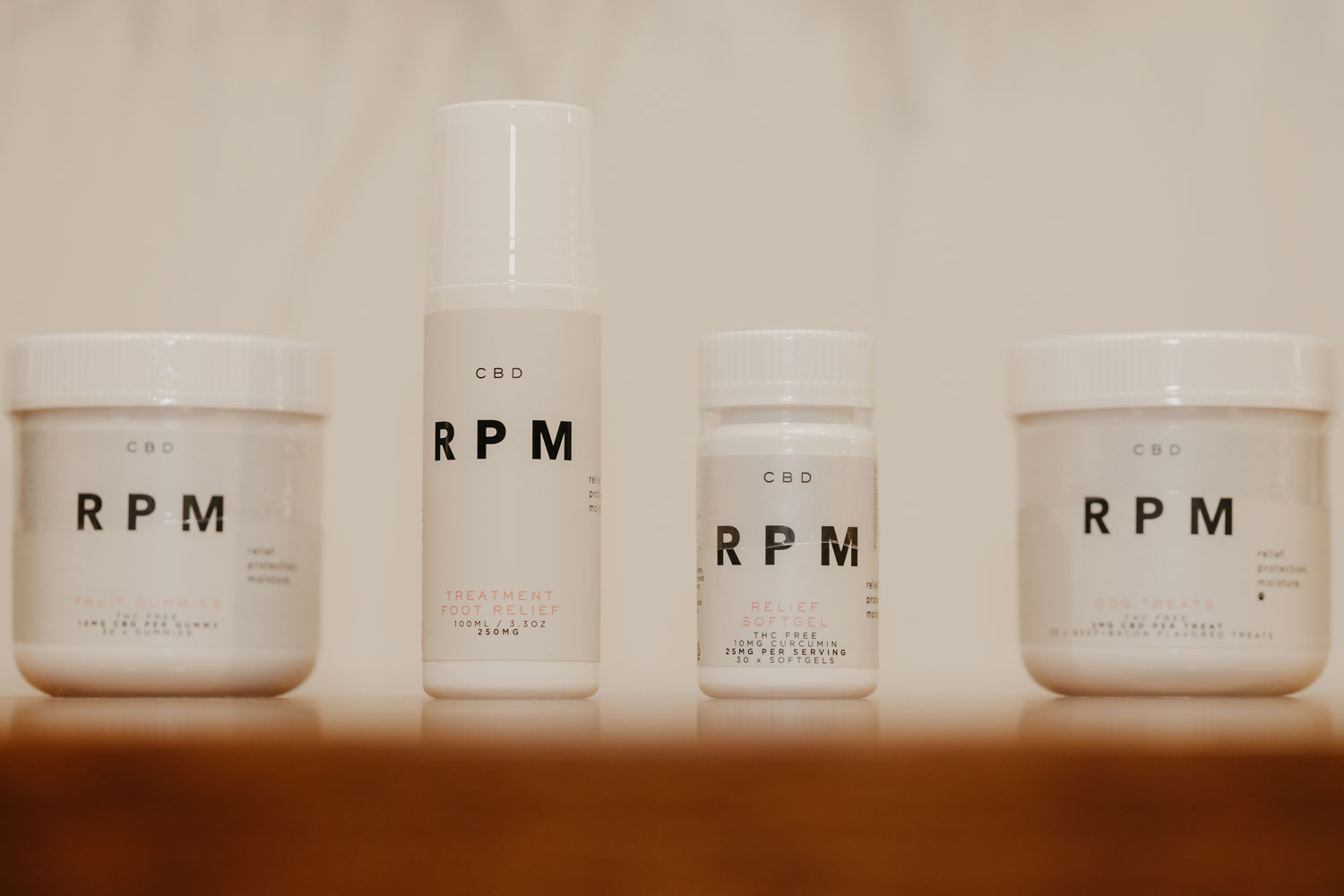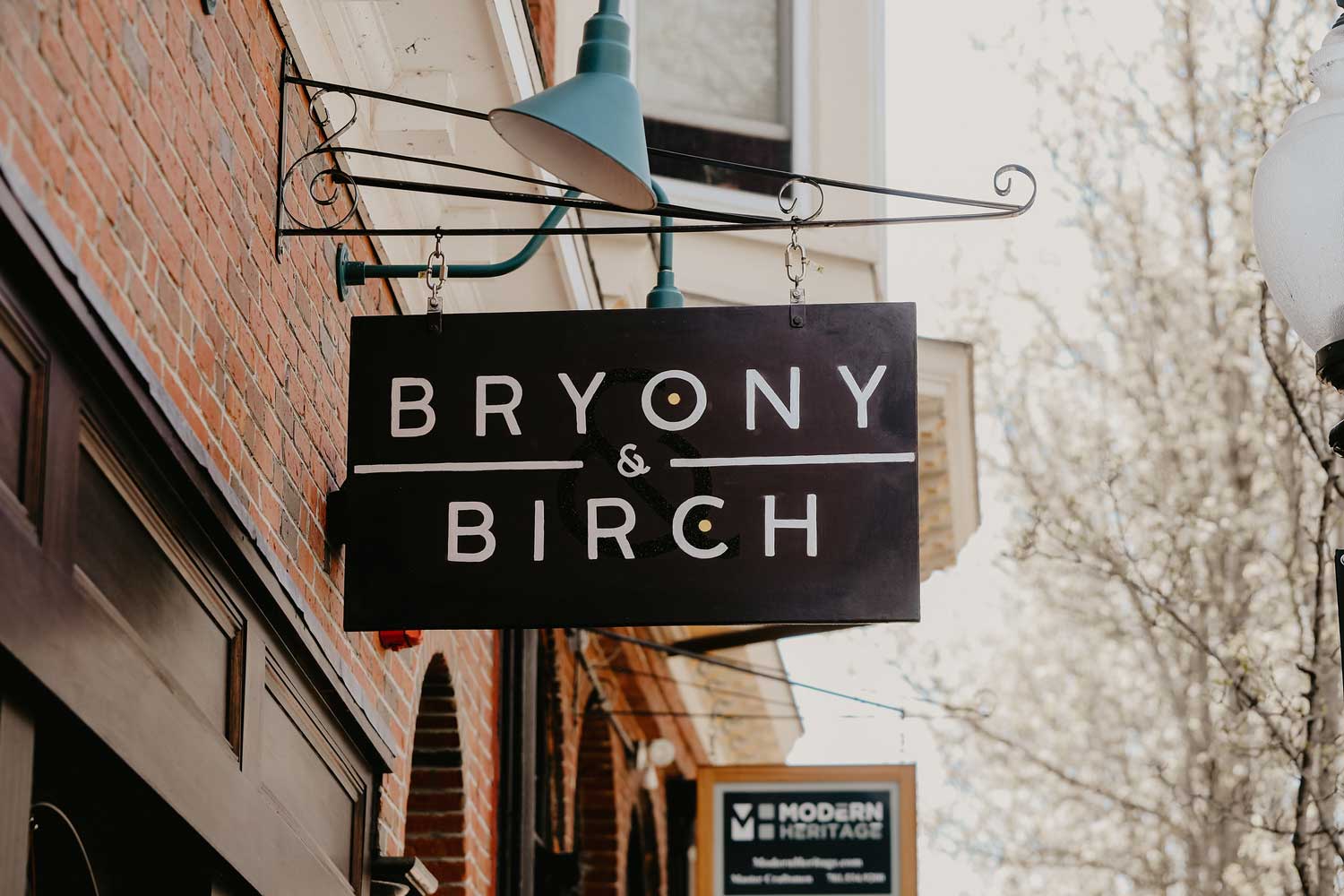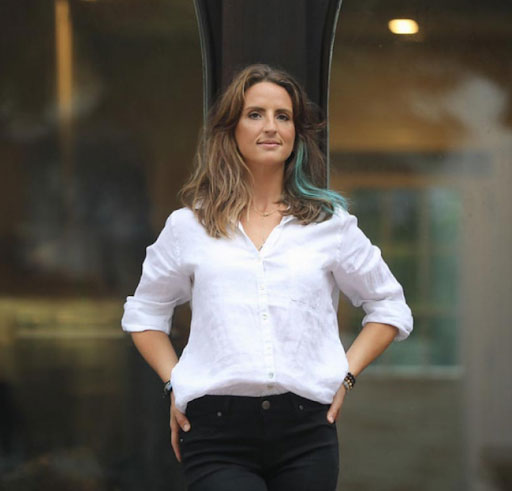3 Must-Knows Before Going From Blonde to Brunette
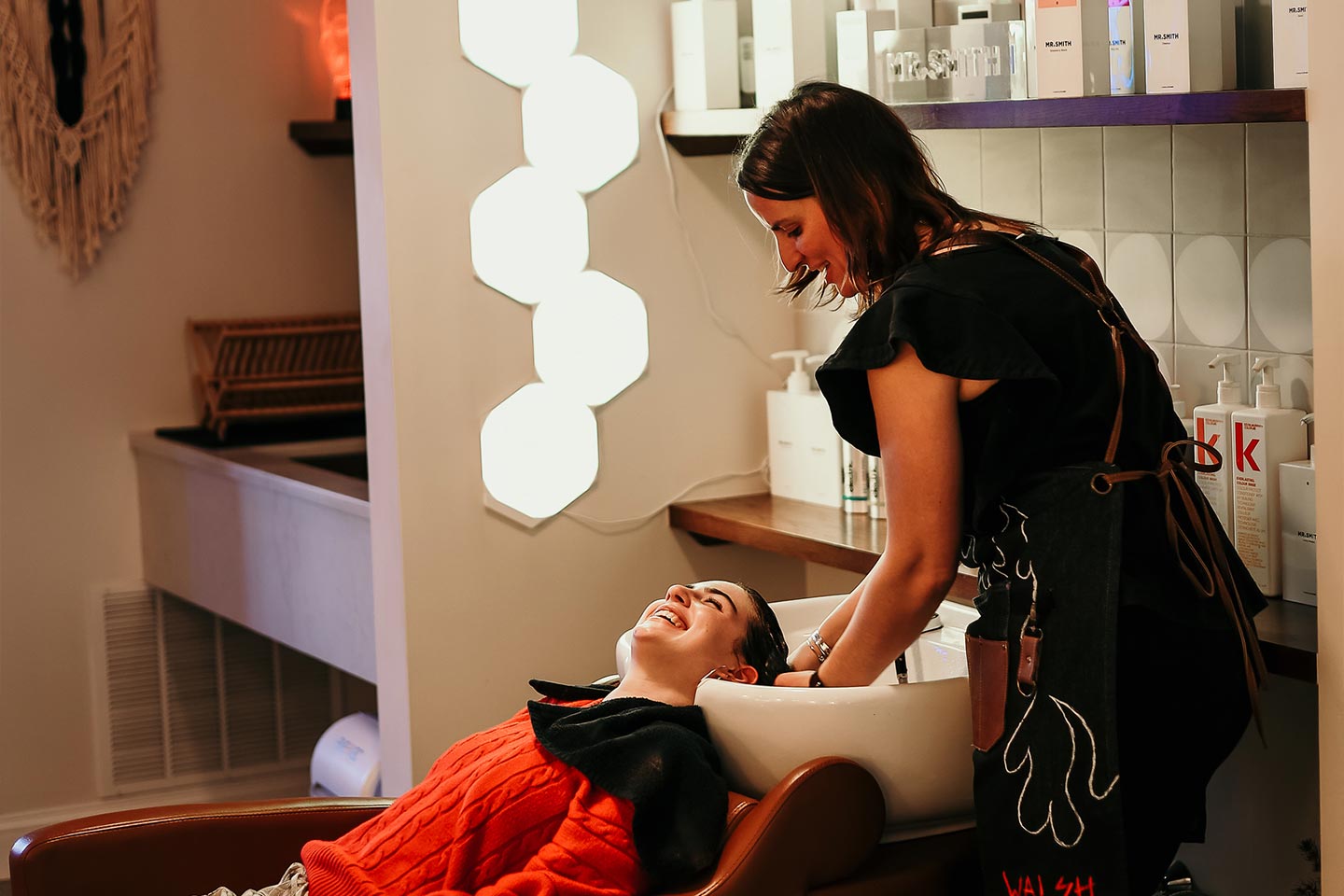
Whether it’s fall weather, finances or the fact that you’re just ready for a change… you’ve likely found yourself here because you’re considering going from blonde to brunette.
If you’re currently standing in the hair care aisle and holding a box of at-home hair color, we want you to put it down (slowly) and walk away. This is not a box job situation. Going from blonde to brunette can go from good to bad to ‘I can’t show my head in public!’ in seconds.
Look, there are a lot of hard “life lessons” that people need to learn themselves but we’re happy to share that ‘Leaving Going from Blonde-to-Brunette to the Professionals’ doesn’t have to be an isolated endeavor. As a group of stylists who’ve spent a solid portion of our careers color-correcting at-home hair dye jobs, we’re sharing our three must-knows about going darker so that you can make the best decision for your hair and your wallet.
Tips for Going from Blonde to Brunette
#1 It May Take Longer Than You Think
On the off-chance you weren’t paying close attention in chemistry class, it’s important to remember that dyeing your hair is really more science than art. Chemical reactions can be catastrophic, which is why you need to think about what the canvas you’re starting with is composed of.
For example, if you’re starting with hair that is platinum blonde and you dump a box of ‘Chocolate Chestnut’ on it, your hair won’t have the types of molecules, aka pigments in this context, that can absorb the brunette dye. It doesn’t matter how long you leave the dye on there, you’ll most likely end up with a color that looks flat and can best be described as murky, muddy and green.
On top of failing to achieve your ideal color, starting with the wrong hair canvas can also cause substantial hair damage, breakage and even hair loss. One of the most important things to flag is that you should not dye your hair on the same day that you’re having it permed or relaxed by chemicals such as sodium hydroxide, sodium thioglycolate, or in the words of Elle Woods, ammonium thioglycolate. Why? You run the risk of having a brutally honest child in a checkout line ask you where you got your ‘scary wig’ from….
In all seriousness, doubling up on these treatments can leave your hair brittle and fried and can also result in over-lightening. It’s hard to give an exact time because everyone’s hair responds differently but we recommend waiting at least 4-8 weeks after a traditional perm/relaxer treatment before dyeing your hair. With that being said, there is an exception… At Bryony and Birch, many of our clients get our Cezanne Smoothing Treatment because it delivers the results of a traditional Keratin smoothing treatment (without the harmful chemicals) AND they can have it done on the same day as their hair coloring appointment. If they’re going darker, we simply recommend doing their hair coloring after the Cezanne Smoothing Treatment.
The good news is – there are many steps hairstylists can take to get your hair in optimal shape for absorbing the brunette pigments you’re looking for while protecting your hair health. You’ve just got to keep in mind that this may be a process that takes time and patience.
#2 It’s Okay to Go Darker Gradually
When you take the time to go from blonde to brunette properly and you achieve that (just-like-Selena’s) hair color you’ve been envisioning, it can be quite a shock to come out the other side. Even if you look just like the AI image you created of yourself with a darker do and the ‘new you’ truly does look incredible, it can be hard to adjust to such a dramatic change. More people than you’d think often beg for their platinum-blonde hair back less than a week later.
While we want everyone to feel like their best self, we’re mindful that flip-flopping between hair color is expensive, time-consuming and really hard on your hair health. This is why we always advise first-time blonde-to-brunette-ers to gradually go dark by asking for lowlights, a root stretch, balayage or opting for a bronze color palette.
Hot tip: Keep lighter tones around your face.
If you feel like your hair color is on its way to being in the neighborhood of brunette but it’s frizzy, dry and not-quite-ready for traditional hair dye, you can also speak to your hairstylist about using a tinted hair gloss to add darker color, dimension and shine. The great thing about hair glosses is that they don’t penetrate the hair shaft to deposit color. Instead, they work their magic on the outside AND do double time acting as a conditioning barrier that can protect against harsh weather and heat treatments.
#3 The Before & After Care Matters
If you know you’re planning on going from blonde to brunette or even just brunette to brunette-er in the near future, you’re going to want to make sure you’re showing your hair a lot of TLC in the lead-up.
On top of ensuring that you’re using the right shampoo and conditioner for your hair type (and ones that are preferably free of ingredients such as parabens, PEGS, formaldehyde-releasing preservatives, Sodium Lauryl Sulfate (and SLES), synthetic fragrances/ parfum and dyes starting with FD&C or D&C), you’re going to want to be mindful of minimizing your hair’s exposure to extreme heat from flat irons, curlers and blow dryers as well as harsh weather such as wind and prolonged sun exposure.
It’s also wise to dial back your use of hair gels and hair sprays, especially on the day of your hair appointment. The best way to rock up to us is with clean-ish hair that is combed and product-free! Remember, we want the clearest picture of what we’re working with and don’t want any surprise chemicals to interfere with the pigments in the hair dyes we use.
